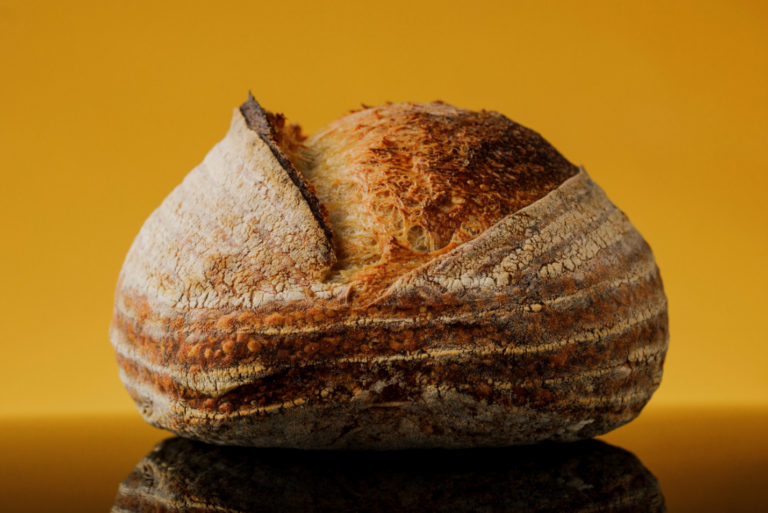KANSAS CITY, MO — In recent trends report from the International Dairy Deli Bakery Association, despite cheaper options in the bread aisle, many consumers are willing to spend the extra dollar or two for attributes like health and flavor, even in an inflationary environment.
It’s becoming increasingly important to make every piece stand out.
Essential to that is fermentation and, specifically, yeast. Larger companies typically use commercial yeast — either in combination with sourdough starter or in place of it — to produce their baked goods. It’s more easily controlled, requires less time and is more readily available. While a higher proportion of commercial yeast speeds up the fermentation process, it can also result in less flavor development. However, some bakeries have managed to find a balance.










